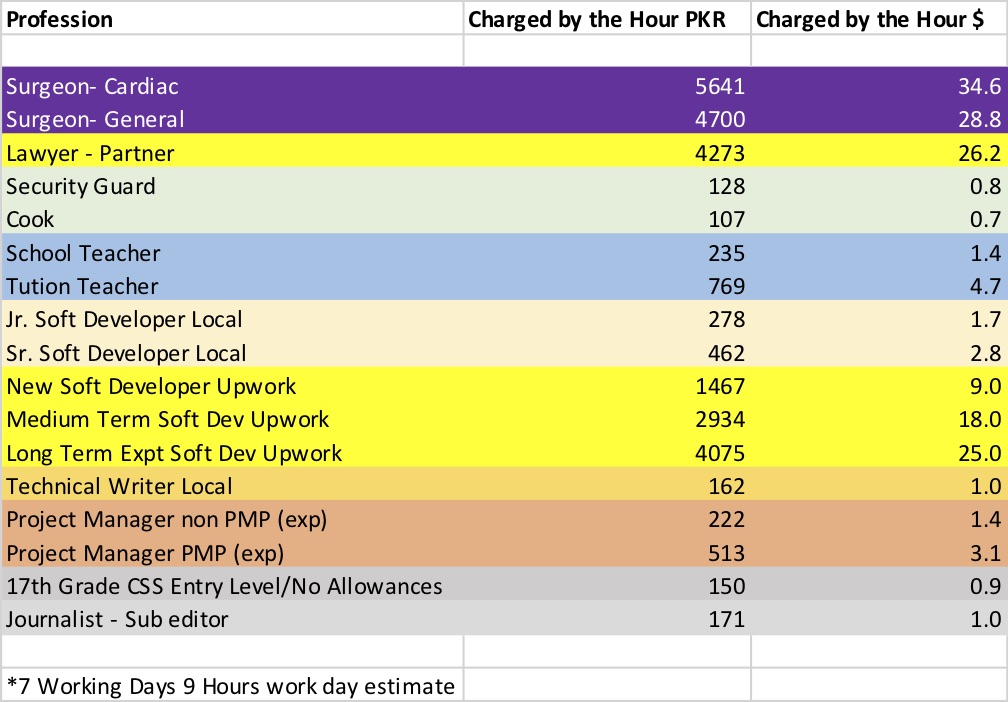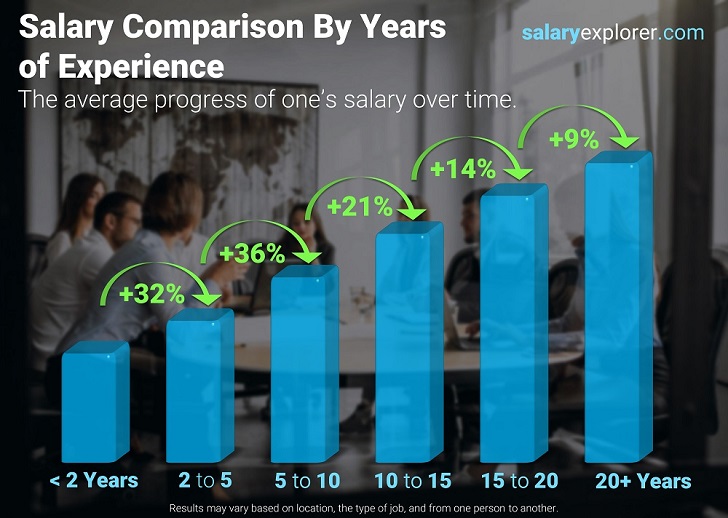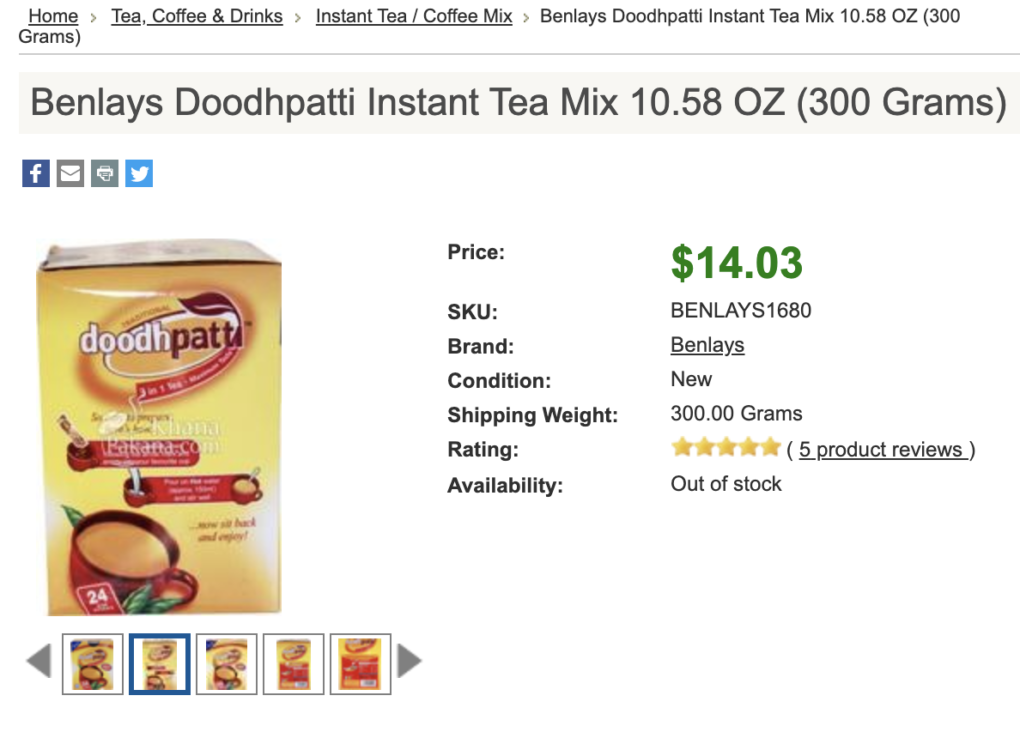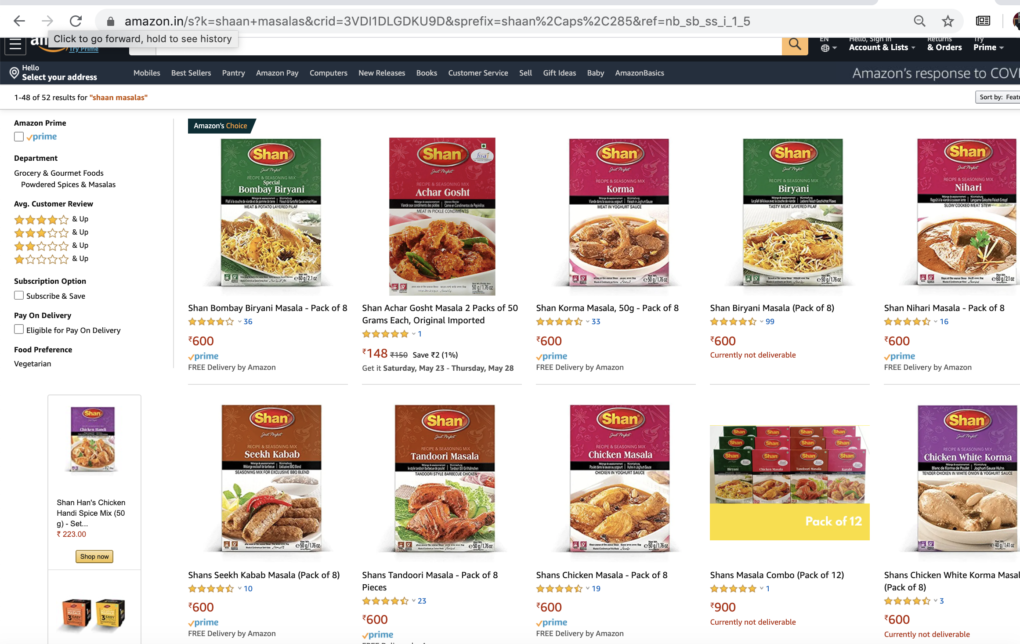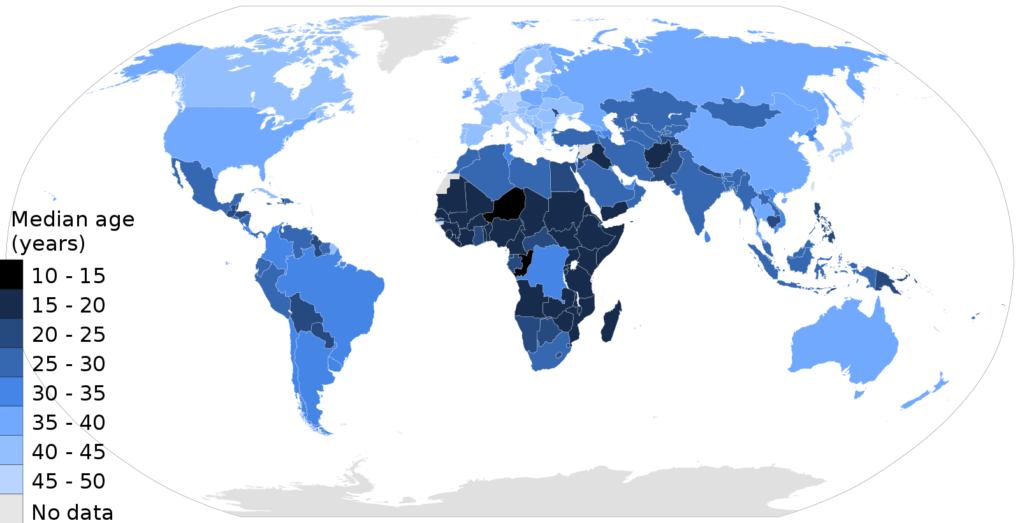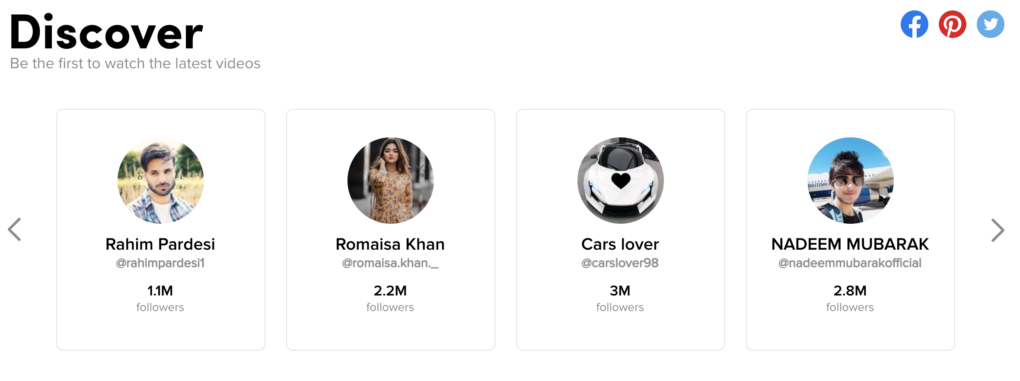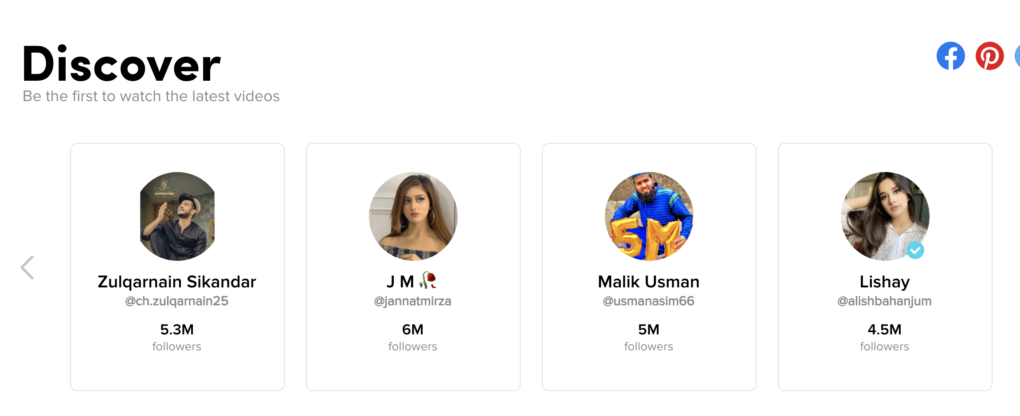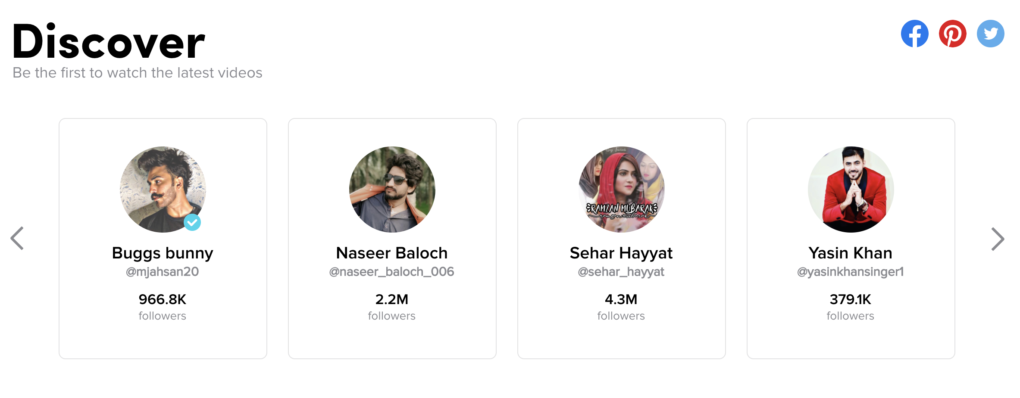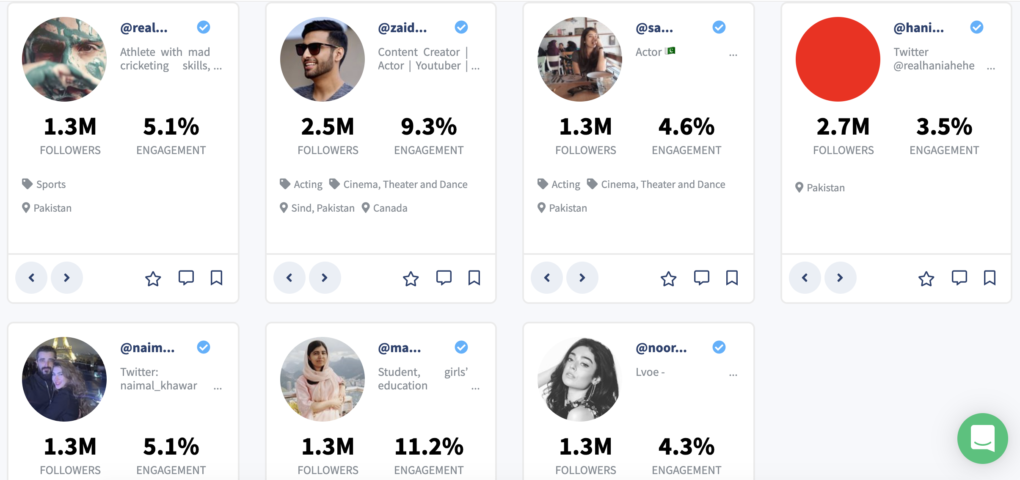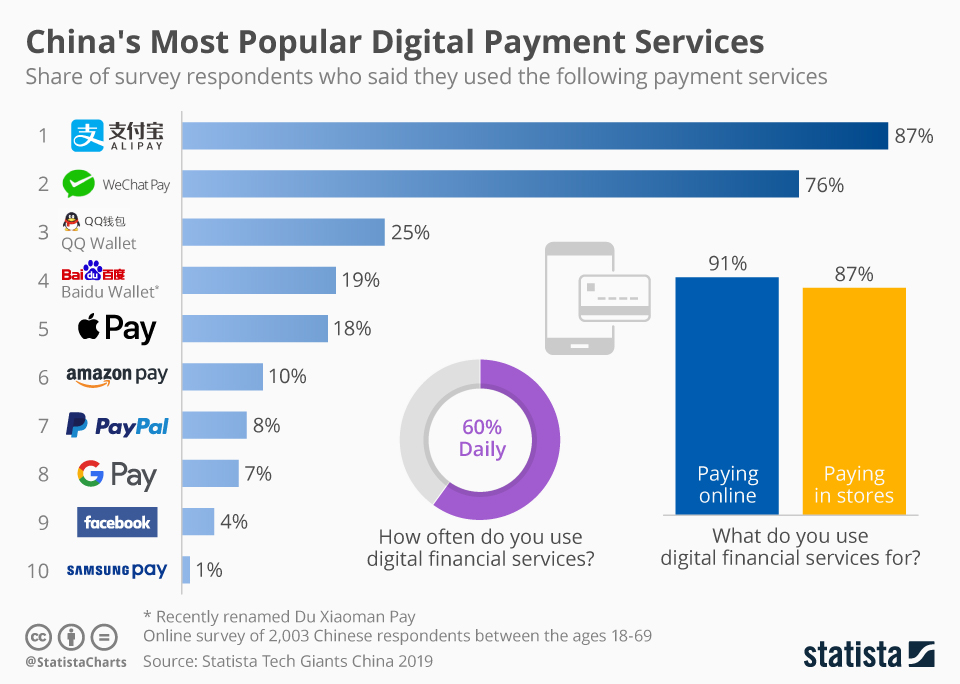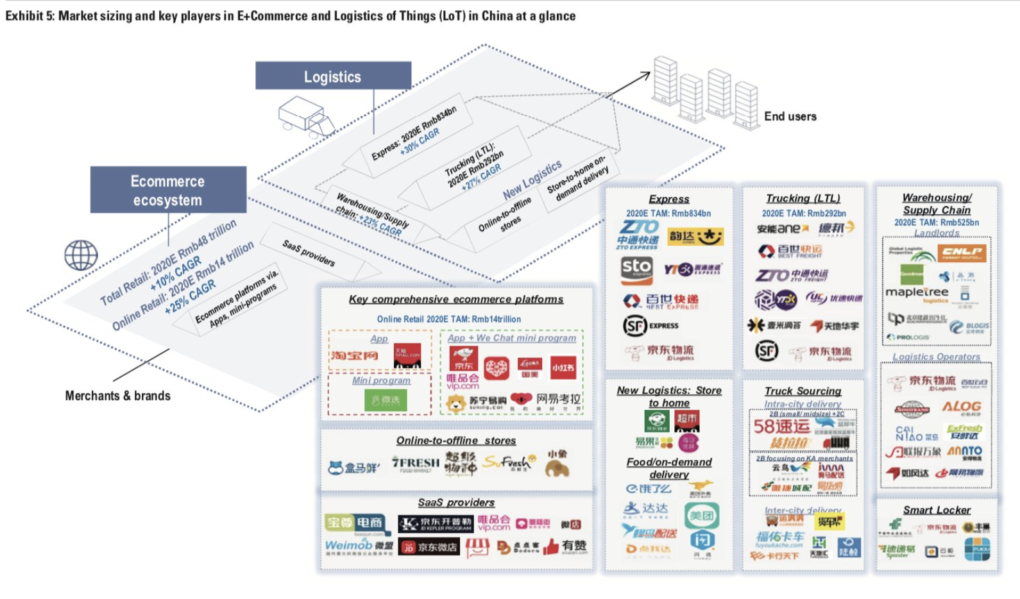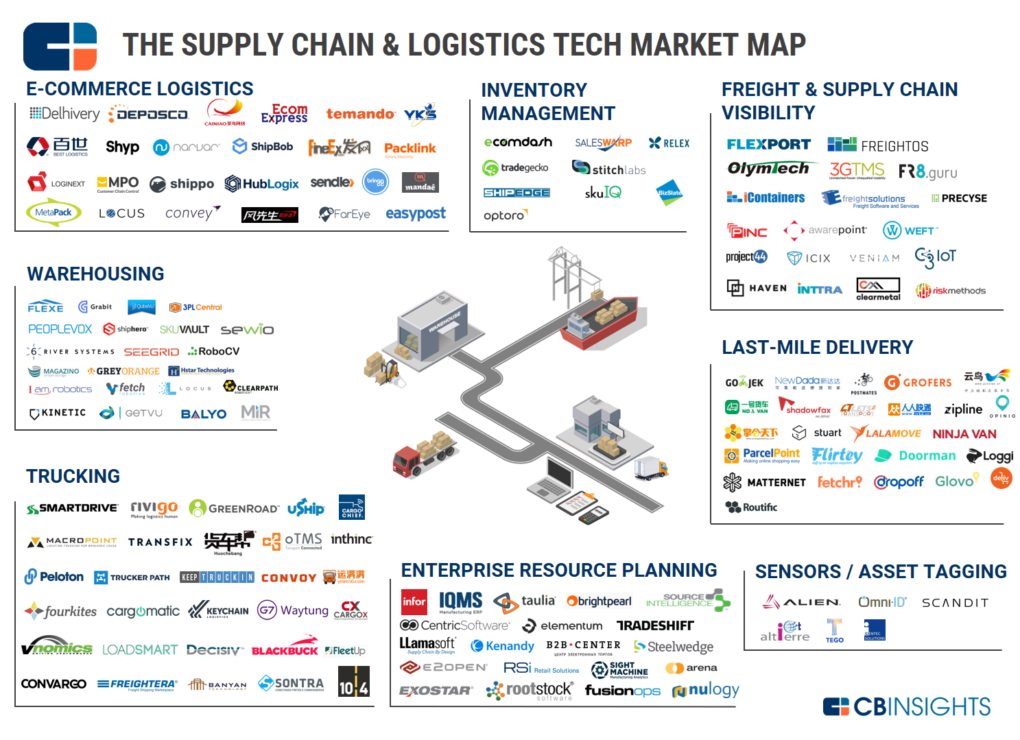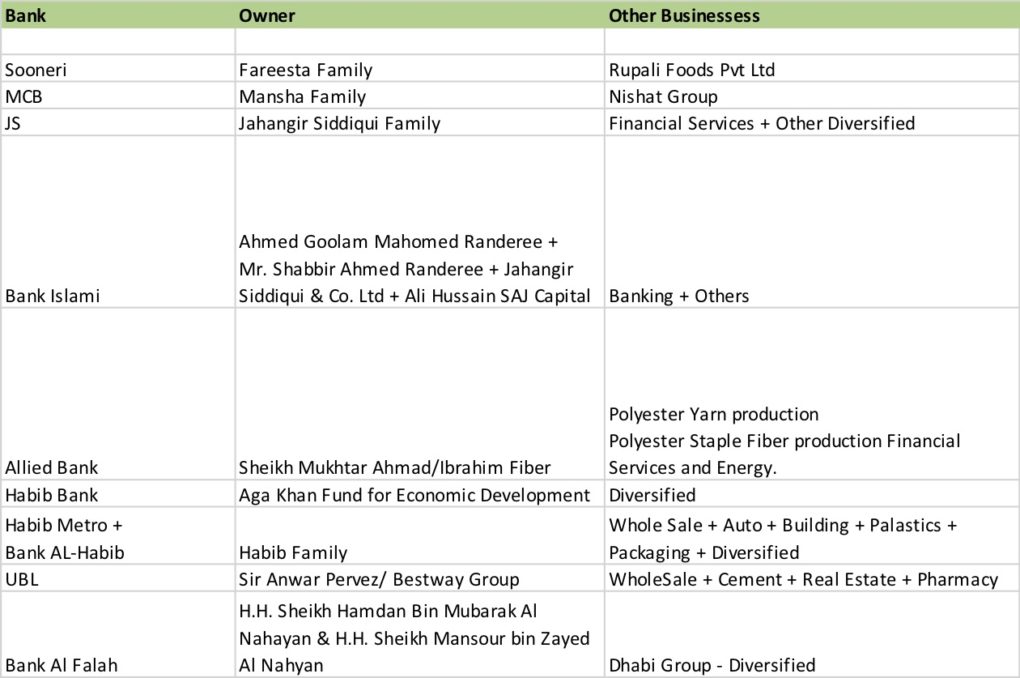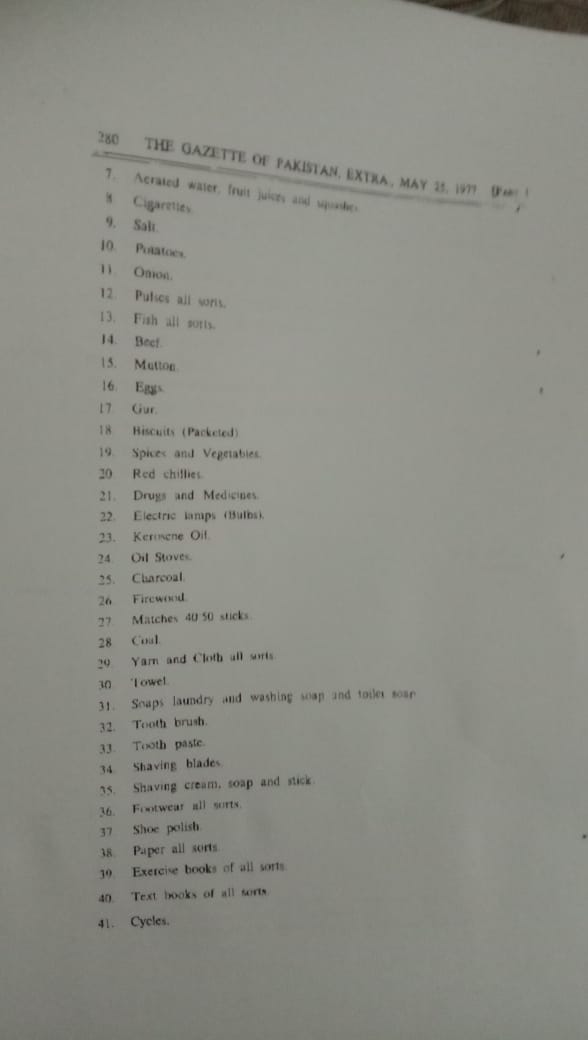TL;DR Small Banks are done, unless they take seriously bold steps, Big Banks are done if they don’t burry their legacy issues and upgrade their boards. Software comes much later.
Who would have thought COVID would actually be a delivery mechanism to force this nation and many others to adopt Digital Payments & beyond. Till last week there were some payments that even I had relied on a trusty check to do (like card payments) etc for the sake of paper-trails/end of year tax man reviews/audit requirements, given that any one who pays taxes in this fair land is the most likely to statistically also get f**d by FBR (F**d by Registering).
Best taken up an other time, given that right now Sugar Mafias also need forensic info and PM intervention but salaried/SME class individuals in the tech and connected sectors who continue to earn USD for the exchequer get nominated to form the basses of more tax burdens and harassment. Whilst Agri Mafias in the organised sector operate as organised crime, the average person continues to be strong armed by the government. But there are ways to go about all this, un-surprisingly if (a) Bank or Bank(s) Got their Act together it would get easier for governance and accountability.
Keeping all the above in perspective, technically a Bank or Bank(s) are genuinely suited to completely rise to the occasion and own multiple legs of Payments, E-commerce, Logistics, Peer to Peer Settlements, ContactlessPayments, National Verification of Resource Distribution, Taxation, and a host of other Last Mile Data Plays(LMDPs) by building a Super App by either a connected ecosystem or an owned/invested ecosystem.
But before building a Super App they, have to do some thing less remarkable, build super common sense. Evaluate the hand that this tragedy of sorts has resulted in. Interest rates will continue to go down, traditional business will suffer, G2C will be on the rise, P2P will also continue to rise, traditional avenues of earning gang buster revenues will also subside, lay-offs are eminent. Every ones plotting the curve lines of infection but no one is assessing in our local scenario, the enablers that need to ensure we get out of this with a fighting chance.
P2P daily wagers/ala ride hailing is nearly dead, or will eventually die unless it “pivots” to using its network effect to do some thing else. Asking the govt for a hand out is not the best way forward. So where does a Bank fit in to all of this? Let’s evaluate (some of ) the many constructs of this connectivity pie.
Banks already know who is on the ATL (Active Tax Payer List). Larger Banks with branches have distribution channels already, this will help with cash-in cash out. Banks need to adopt the Easy Pasia / Jazz cash model, go to any bank branch be able to send money to any one nation wide, hassle free with one person at the Teller with a Smart phone without predatory pricing (See pricing for Telenor here and Jazz Here) for the common man and incentives built in for him/her to be driven to savings or to use the Banks Super App for other incentives in his/her life.
Same said employee or other bank employees can be incentivised to be the Cash-in agents by night fall when Bank Branches are closed. There is a reason the under 5k Bank Branches cant compete with the 100k Easy Paisa type locations just yet. This needs a dramatic shift in thinking, partnering and building networks. Easiest is to sign up who ever is open 24/7. Petrol pumps being the missed opportunities and thousands of Pharmacies and Hospitals etc. Many other examples. Par agar sab bata doon to Bank Kay CEO ko kis bath kay paisay miltay hain? If you are the Ceo of a Bank and your ego allows you can always email/call for a quick chat, most likely i’ll learn some thing new out of it.
Banks have the regulatory sensibility to manage the additional transactions and report on them and evaluate them and review them whilst also building a treasure trove away from Easy Paisa and Jazz. In one clean sweep also taking out the aspirational Fin-techs who are either awaiting their licenses or who continue to play in the SandBox and given the uncertainty around lock downs will likely die under the weight of their payroll before ever having tested their use cases.
Whilst not ideal for the startups in some ways, but the very idea if they get acquired for the pre-built tech that the Banks cant build, Banks who are so conservative by nature and fearful of the regulator at large, will actually benefit by that fear, so long as the have a CEO who can take the lead in using available capital on not deploying loans alone but by thinking like an agile startup(i know cliche) but use the muscle of the 800 pound gorilla that the Bank is.
Banks also already have a deadly weapon, security and trust based call centers. Make a note, who ever owns and get the call center space right, will succeed like a Gangster(Read Banker). So what is the winning formula? Super app can come later, when you can get your developers and fancy CIOs and UX people in a room, but before all that you need to get your head out of your rear end and start making notes about
- Scale (Infra/People/Branch Tech/Hardware)
- Security (ensuring Bank CEOs passwords arent discussed at airport lounges by the CIOS.)
- Ensuring SBP to allow using cloud infra or solving the aws/gcp issues
- Have a board that has people in their 30s and 40s to help guide you on what a super app is or means. (You having your 20 something year old PA Ship EarPods to your Hotel in Dubai does not make you an e-com or super-app expert)
There is a very clear reason why Pakistani Banks typically lag behind the curve. Because our current breed of Bankers mostly have been trained at Citi Bank 20 yrs ago, when there was no Digital etc, what they have successively stolen or emulated from Citi are Product programs & Risk Policies amongst other stuff. If Citi ain’t done it, they ain’t doing it(by and large) .
They don’t have the capacity to figure this out as they continue to vie for Inter-Pakistan banking one-upmanship CEO roles. In the end if your ambition is to have the larger Merc and the bigger house, you cant solve for any thing else. But truth be told, it cant be easy being the CEO of a Large Bank, it has tremendous regulatory pressures and massive political under currents and now the ask/demand to innovate. 30 yrs ago when these CEOs started they likely didn’t sign up for this new evolved role.
The professional environment is to blame equally, as is the ownership of Large Banks. One Bank owned by grocery/ala retail lineage is heard discussing optimal use of janitorial staff being shared between branches and other one with Institutional Holding akin to the Vatican has been trying to do payments and retailer signups for 2 years. It is not easy at all to be in their space. That is for sure, the momentum of the legacy they have inherited continues to weigh them down. Most certainly due to really really shitty board composition, lack of women, lack of younger people, lack of tech savvy people, lack of people who actually interact at the Branch level. SBP Should mandate a customer advocate to be part of a Bank Board Committee to really discuss the plight of the end users.
Moving along, banks use their own capital to invest into tech companies, invest into ride hailing/bike hailing convert their staff/merge the Apps, build an ecosystem, tie into logistics and by virtue become the clearing house of invoices, thus verifying input taxes on both ends of the transactions and slowly documenting the economy. Who would have thought, take it one level further, tie up with POS vendors nation wide, starting with KLI retail, at check out, print a QR receipt that also passes back, beyond payment info retail purchase data, Now the bank can plot for a bigger land grab of data and informed decisions.
From seamless goods and services payments to taxation to credit scores, to effective loans to knowing where goods and services are in the country(distribution/logistics/warehousing) to where they need to go and by having credit profiles on customers in real time, make real time decisions to do bullet financing and institutional items by connecting all the supply side(input data) to demand side(payments data) and sitting between the two to become the largest clearing house of information and data.
All this is in addition to taking a large chunk in a Bykea/Others Locally, building capital to build grocery co-ops, a utility store but private, so you get volume leverages, mixing logistics capacity and shipping by partnerships or investments to know the flow of (commercial/retail) goods in transit to be able to develop a map of Flow of Financing (Needed) In Transit. All this starts from a vision and not a big one either.
Masoom Bykea is asking for Govt support, they are doing right by their riders and daily wagers 100%, but they should be talking to Banks to build a super app by being one Leg in the journey. Last mile will only win you KLI even in the post COVID world, first mile will win you the rest, Chose your partners wisely, stop hiring the refried bean equivalent of easy paisa castaways into your banks.
sitāroñ se aage jahāñ aur bhī haiñ
abhī ishq ke imtihāñ aur bhī haiñ
None of this can or will happen over night, it starts when the banks stop circle jerking on fire side chats and the CEOs disaggregating the innovation and fund piece of the Digital journey into a separate investment and strategy arm. Look, we all know branch staff lay offs are coming 3 months from today, best to allocate freed up capital to hire the right people so momentum and jobs can be created at the same time with a great big data play on the back of it.
Right now even after the post NYC cluster , HBL is very decently poised to harvest this COVID opportunity, similarly Al-Falah, given their sponsors at home(Abu Dhabi) also have a bleak economic outlook, at-least in PK they have 200M consumer possibilities, with their airlines, banks, construction collapsing, those sponsors must be saying a silent prayer on getting Pakistan right;by virtue of staying true to the Bank even after being (taken advantage off) in the past
Both Banks have great stewards at play, depends who is willing to take bigger bolder bets and is less pussy footed in front of their boards and owners. UBL could have been, but sadly doesn’t look like it, unless there are changes eminent which we dont know about. Rest frankly are under whelming in the large bank space.
The traditionalist in you will say, “oh but none of the above is the Banks job”, but neither was advertising or news papers, Googles, but here we are. Similarly heres a glimpse of what is to come in the crisis mode the govt is in.
With a population of approximately 220 million and an average household size of 6.8, there are approximately 32 million households in the country. An income support instrument that seeks to benefit 12 million households (more than a third of all households in the country), is bold, ambitious
and transformational, just in its sheer scale.
- First, 4.5 million households are already part of the Kafalat programme. This is the original base of the BISP programme, that are part of the National Socioeconomic Registry (NSER) and qualify for the monthly PKR 2,000 grant.
- Second, 4.0 million new households will be added to the original Kafalat list, by relaxing the selection criteria and including more households from the NSER. This is a remarkable single time relaxation, as it will add more than 10% of all Pakistani households in a single stroke.
- Thirdly 3.5 million new households will be added to the EEC list of grantees, through an open call for applications using SMS and verifying credentials against the NSER itself, and additional criteria for selection.
What does any of the above means? It means there exists an opportunity to developing proxy economic profiles for the new and existing applicants through the use of data. The four telecom operators have detailed level transactional data of 165 million registered cellular subscribers.
This data comprises of a range of network and usage characteristics like phone models, last changed IMEI, geographic movement, base station records etc etc. Like the Govt created the USF, they need to Mandate all the telcos to make this data available (with controls) to Nadara who can feed it to Banks and others for nation building. As the consumers data belongs to the consumer and to the sate as the custodian of its people. In times like these, this data monopoly should be broken so that citizen services can be developed for the long term. Still not having a NADRA Consumer API hurts, so even that must change. Also ANT aka. TMB has been sitting on every thing post acquisition, nothing has happened, if any thing Telenors APIs and service aggregation has taken a toll.
For the Banks and other business this is a time to self reflect and think through as well. My good friend and African/Global Venture Guru + Jollof Curator Victor Asemota Said it best.
We havent forgotten the Agri Mafia, or the opportunity a Super App or a bunch of connected APS/Ecosystems can do for the Agriculture supply chain. Granted Banks cant do every thing but they can deploy their cash to the startups that are on the cusp of solving for these issues.
Instead of micro finance Banks like Finca doing 50-70% markups(I could be wrong but my assumption stands in that range) and others not doing better than 27-38% markups to the poorest of the poor, will never dis-intermediate the ARTI whose loans cost the Hari is 12-14% markup in addition to the opaque value skimming he does. Namely from
- Providing loan to the kissan knowing his local halaat (Death in the family, medical emergency, shadi biya- floating markup)
- Making him(kissan) buy in to his(artis) seeds(which he gets a 12% margin from source)
- Pledge future stock without price information to the loss of the Hari
- Be his only source of market access
- Transportation line losses passed back to the Kissan so massive theft to the poor grower in weighing
Side note: The morons buying cricket teams from screwing over farmers or enabling the above highway robbery, on the industrialised farming side should totally say a prayer for them selves; because of the poverty they have unleashed to the masses.
So the Super app opportunity goes down the value chain and across the country, Super App may also be mis leading as it needs to be a set of connected services with one interface, i.e the Bank. Could be through call centers, an app, a web site or my fav distribution channel the 3000 PKR feature phone with data built on KaiOs.
Lots for the Banks to evaluate if they come out of their ivory towers and their foreign destination board meetings, the opportunity in Pakistan is as great as it will ever be but also the most challenging it has ever been. The time is to take tough decisions and lead from the front vs sucking up to the board. Time for the best Banking CEO to rise from within.

